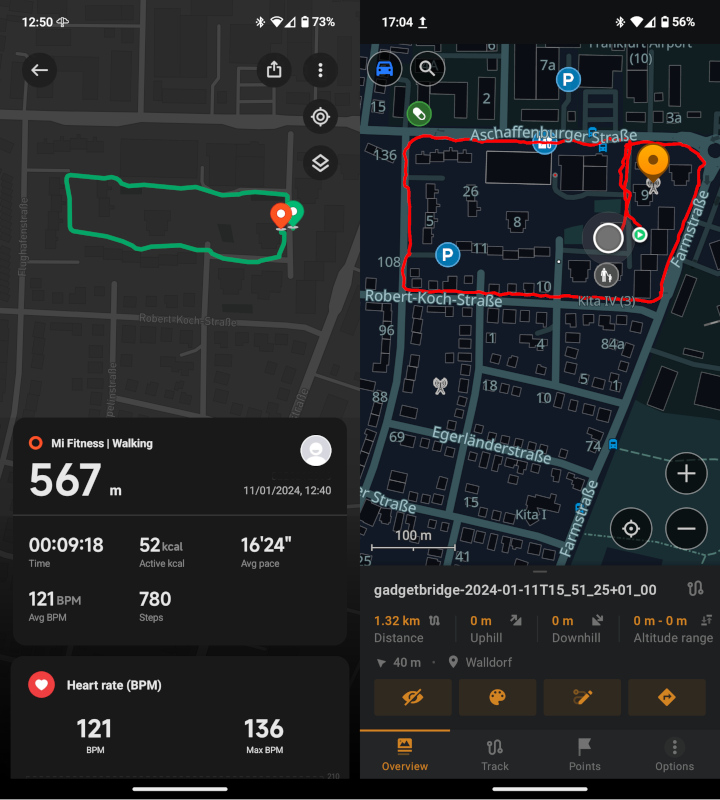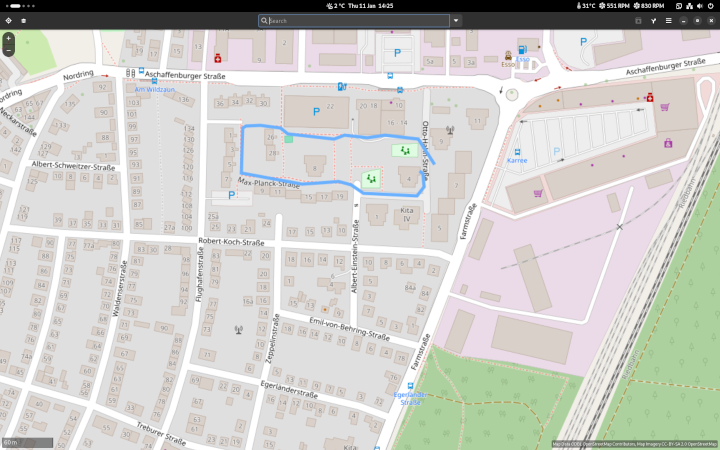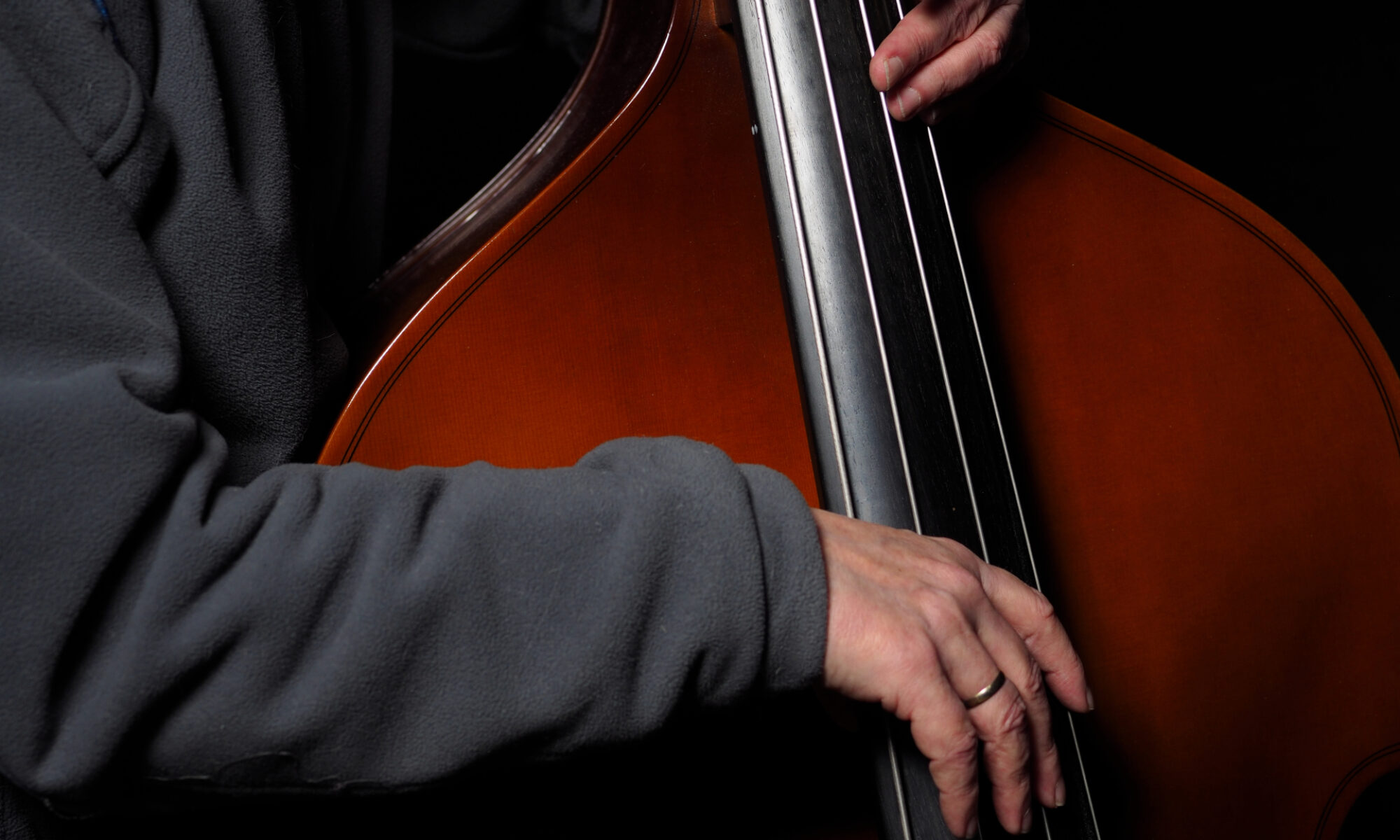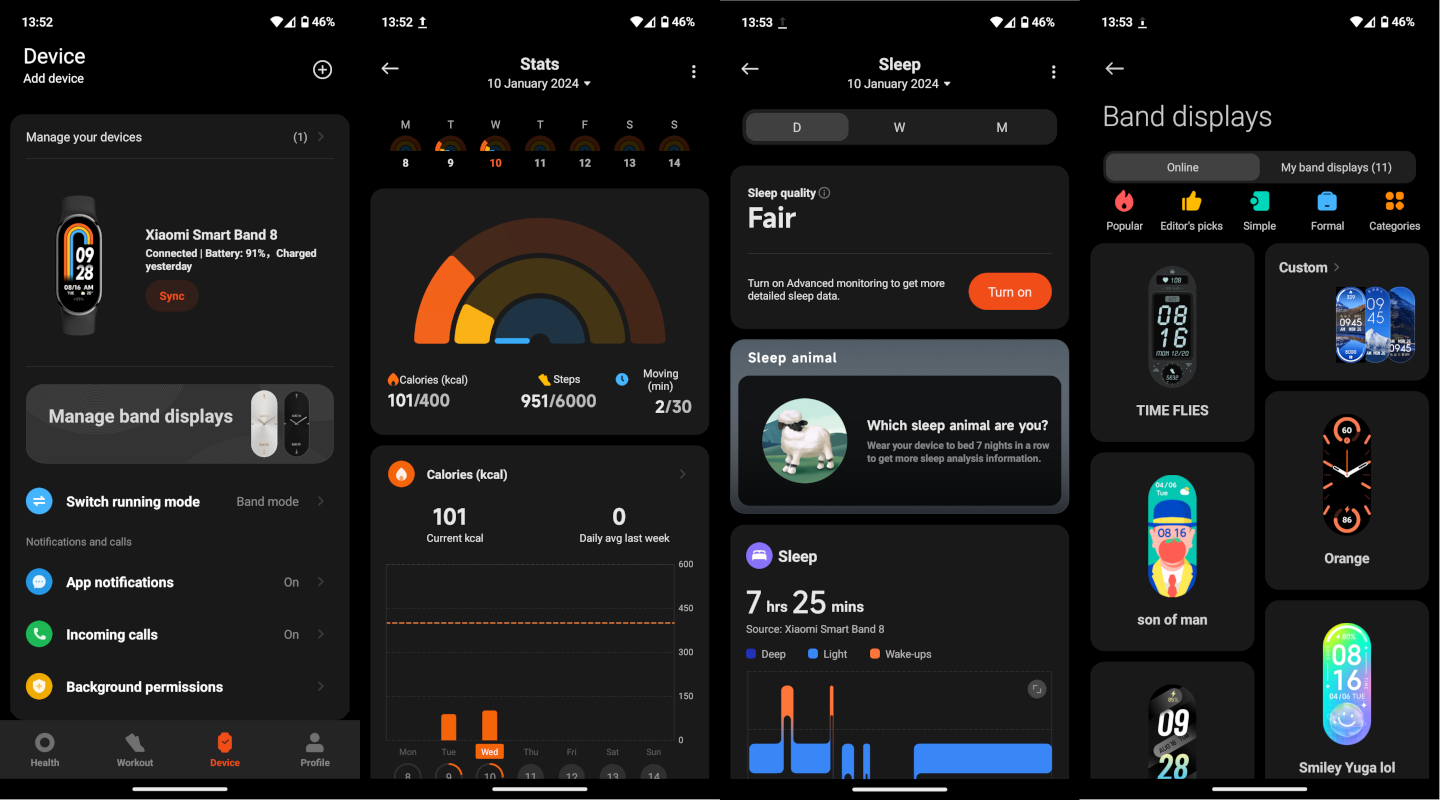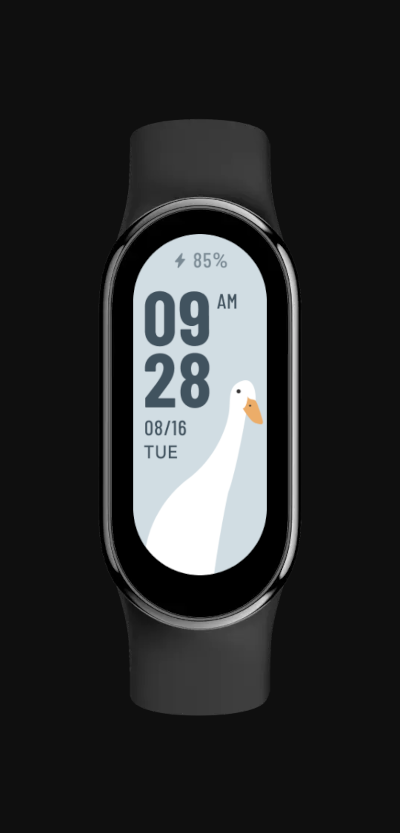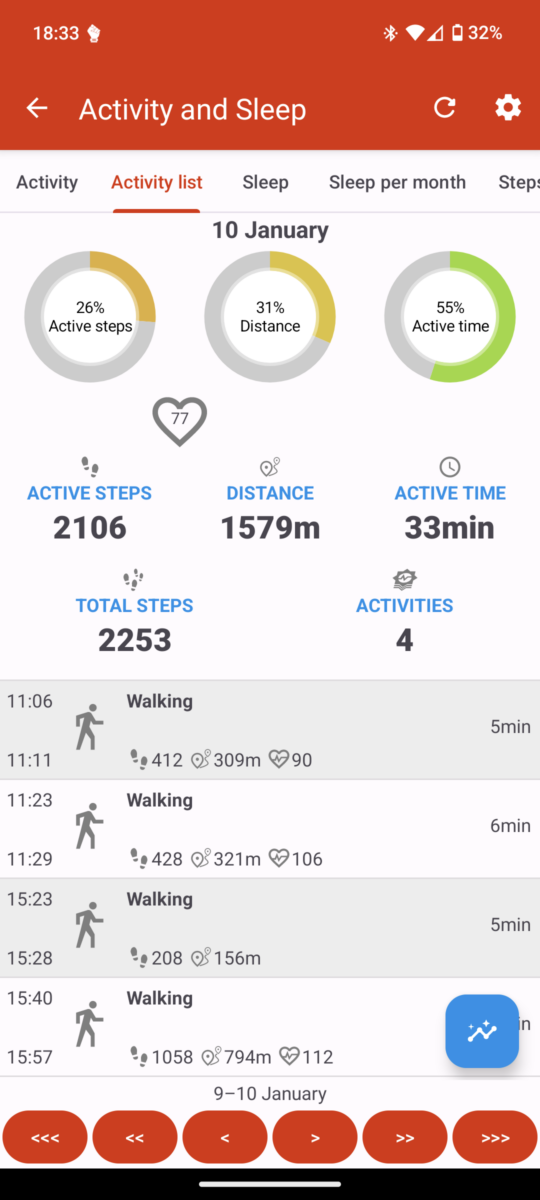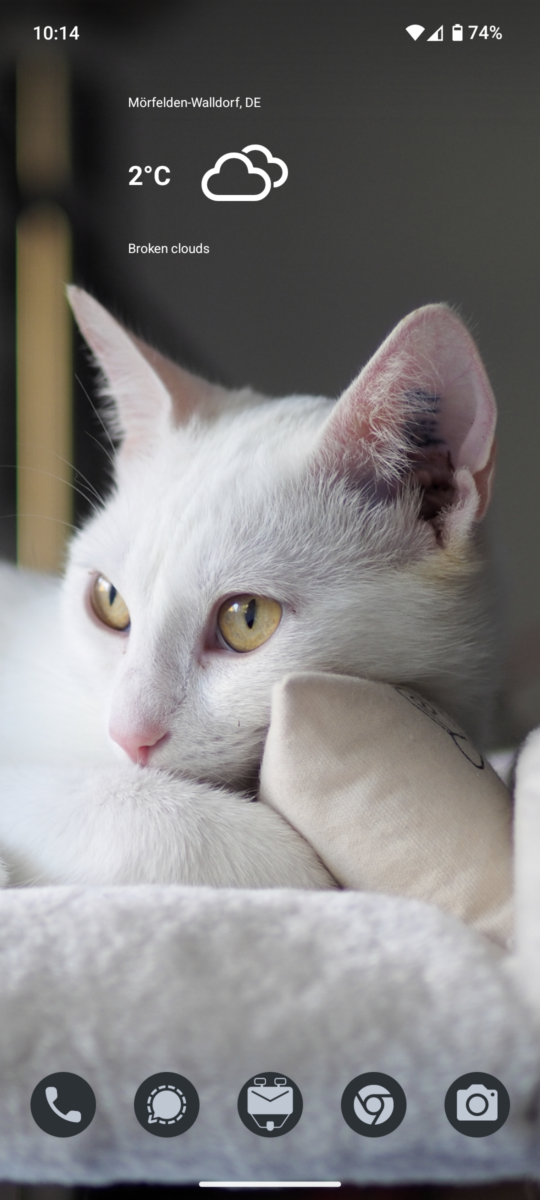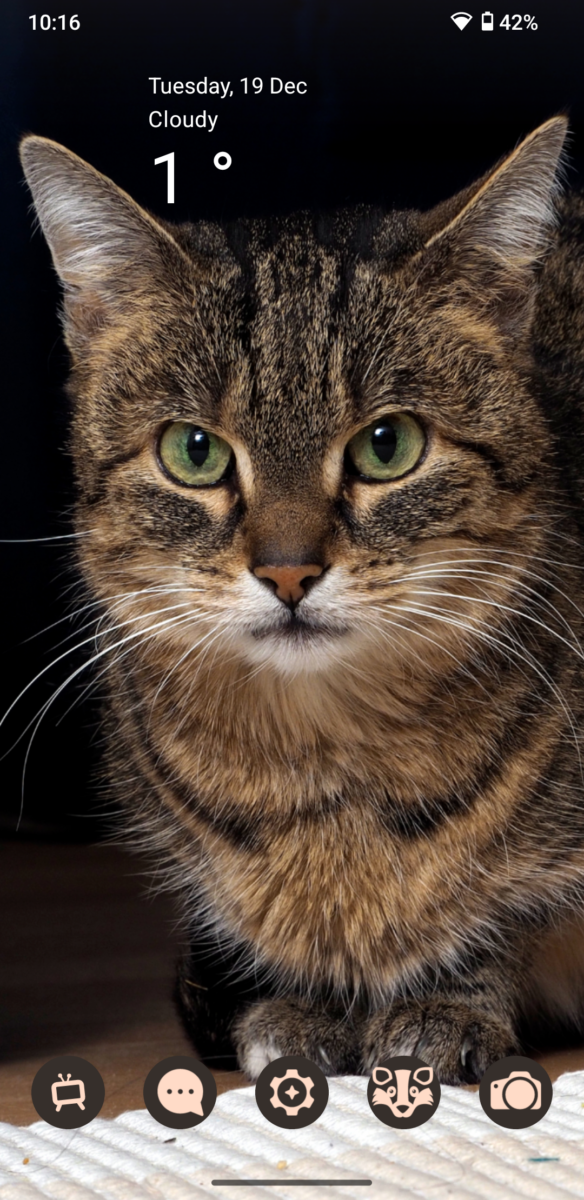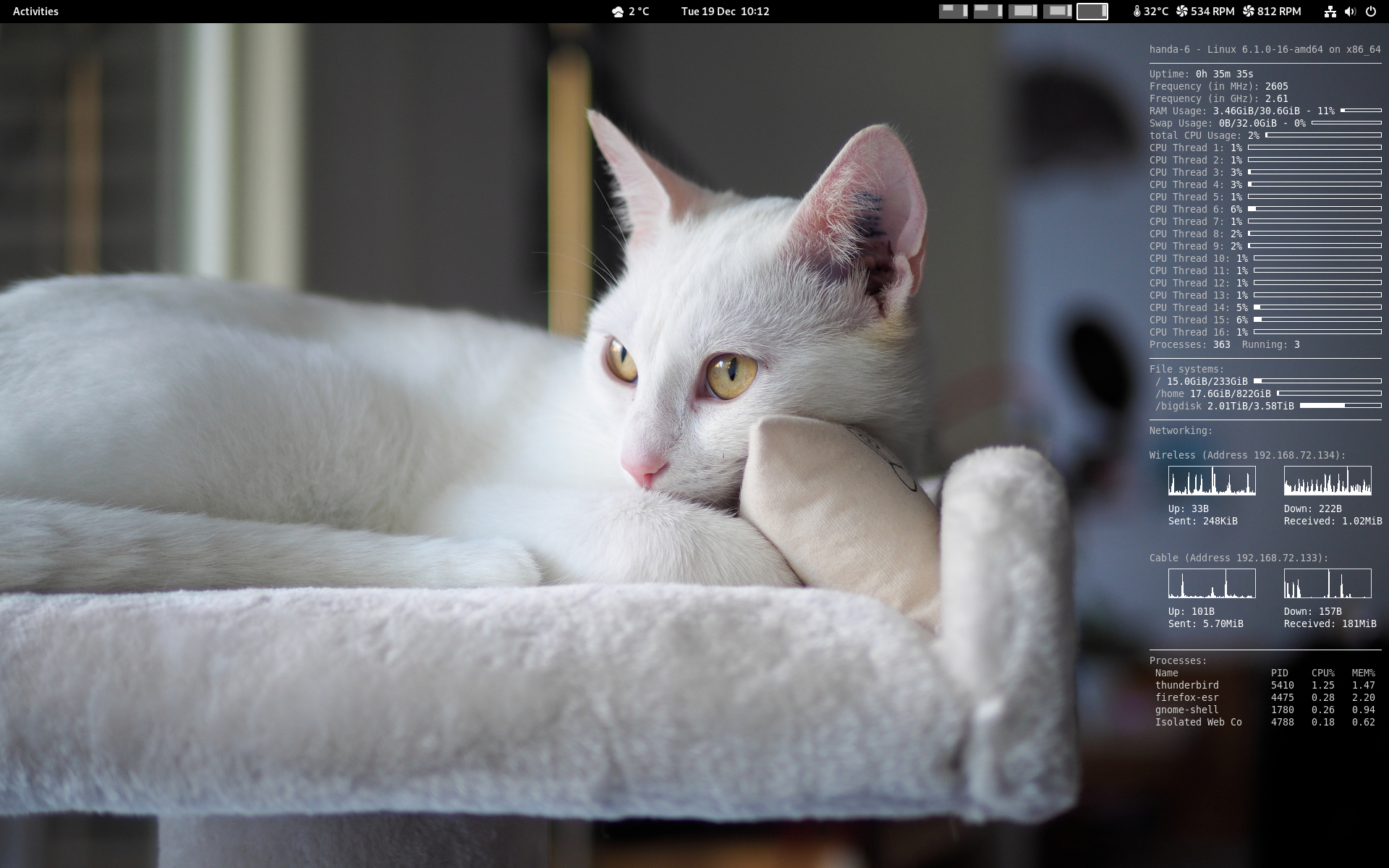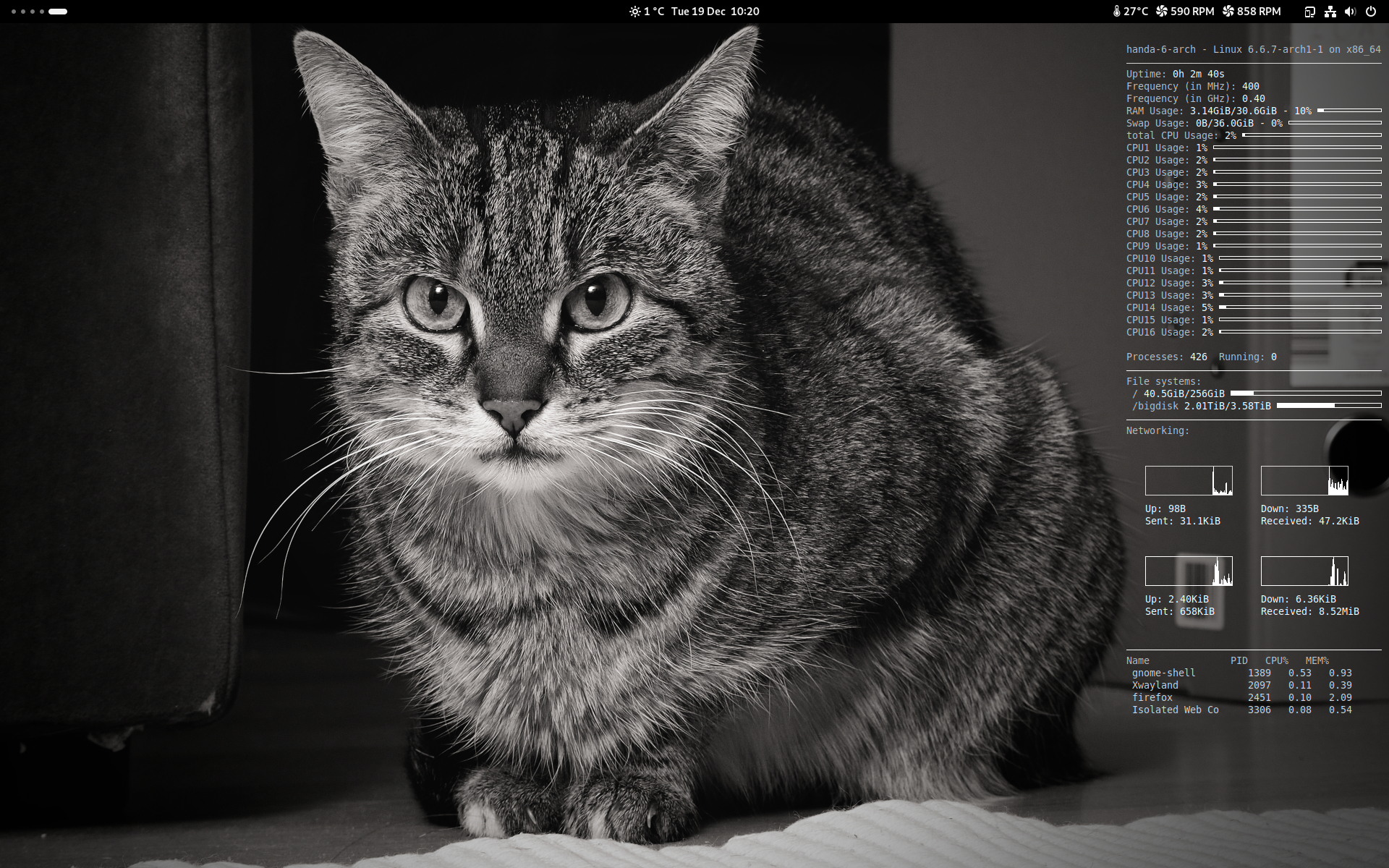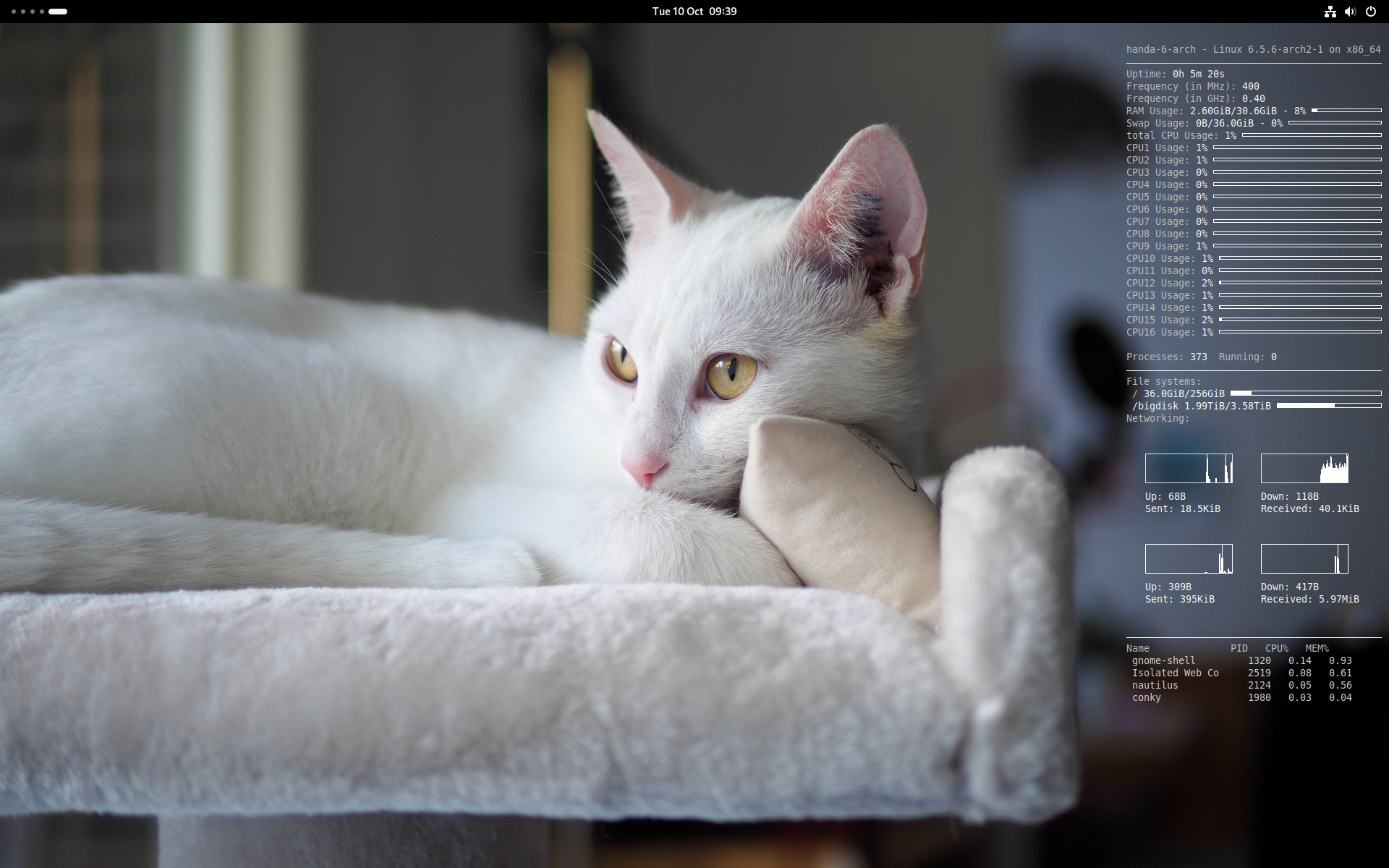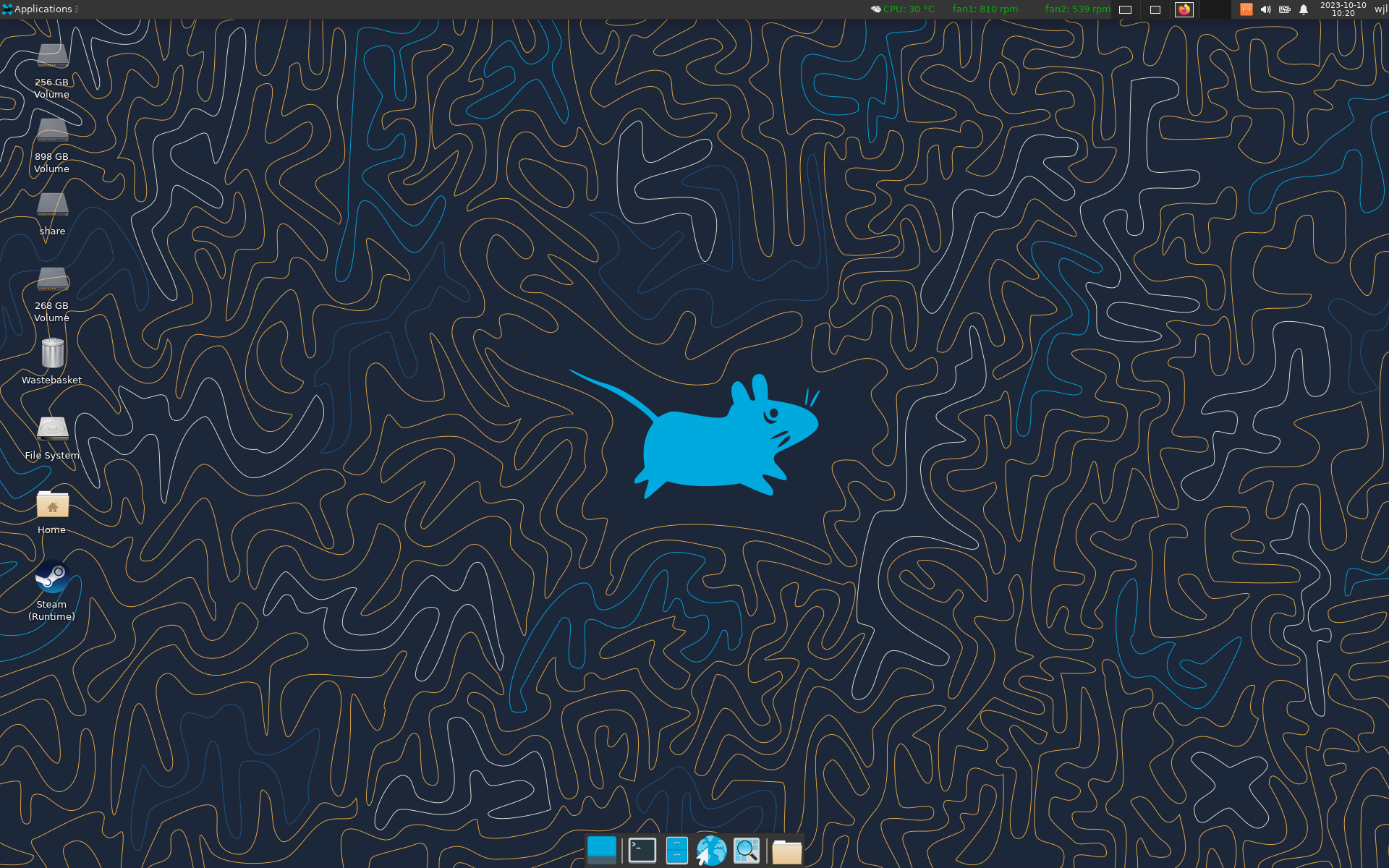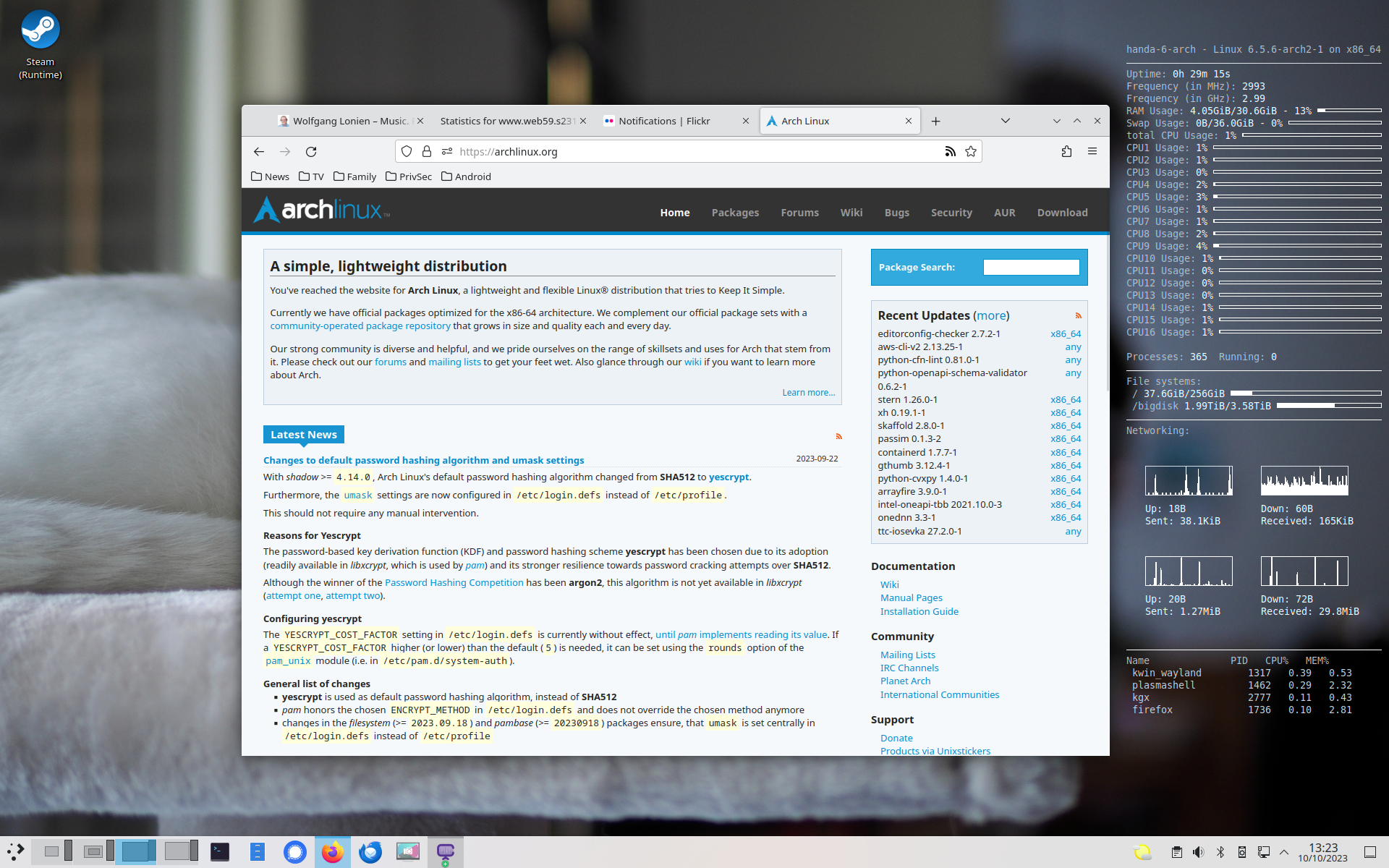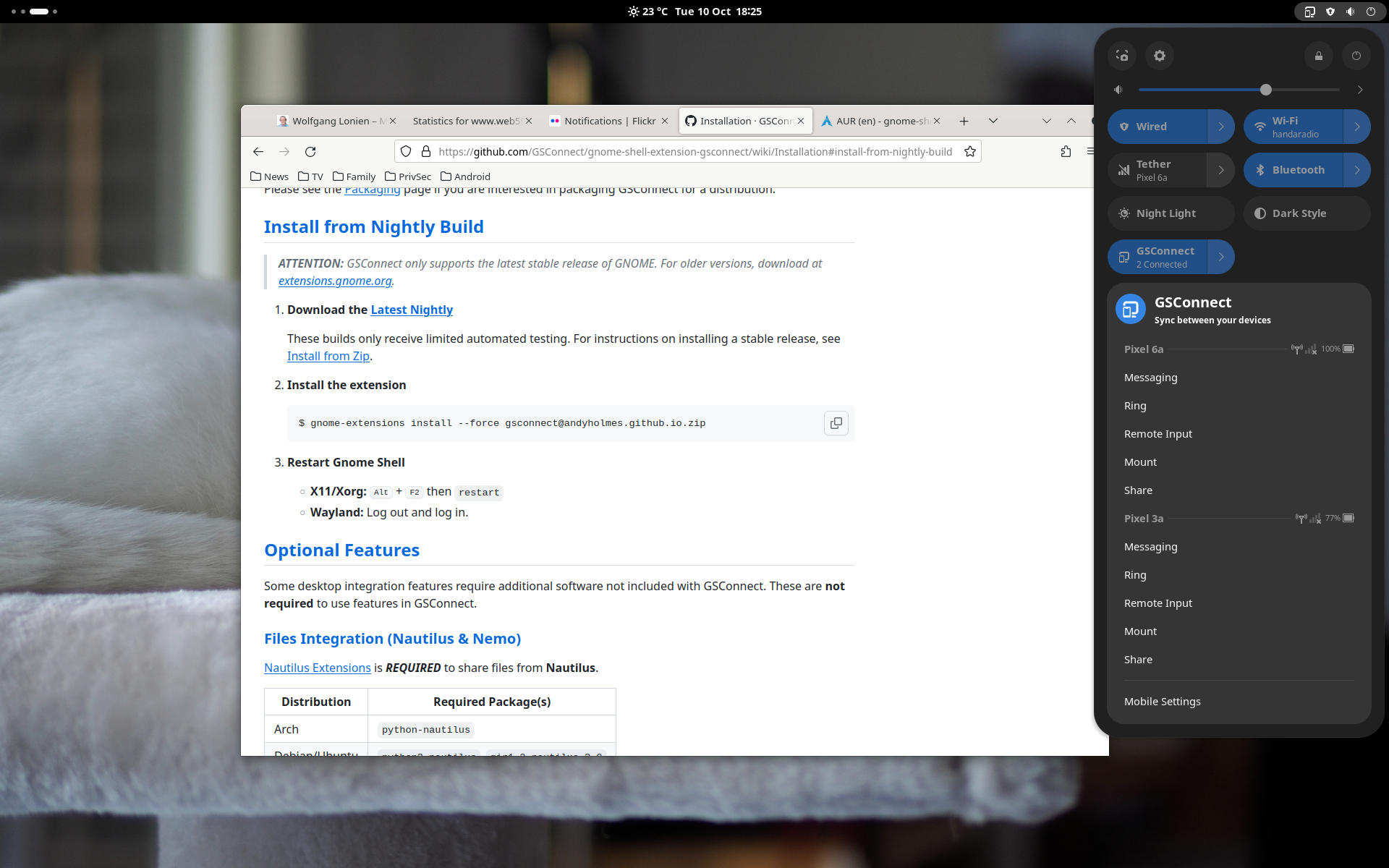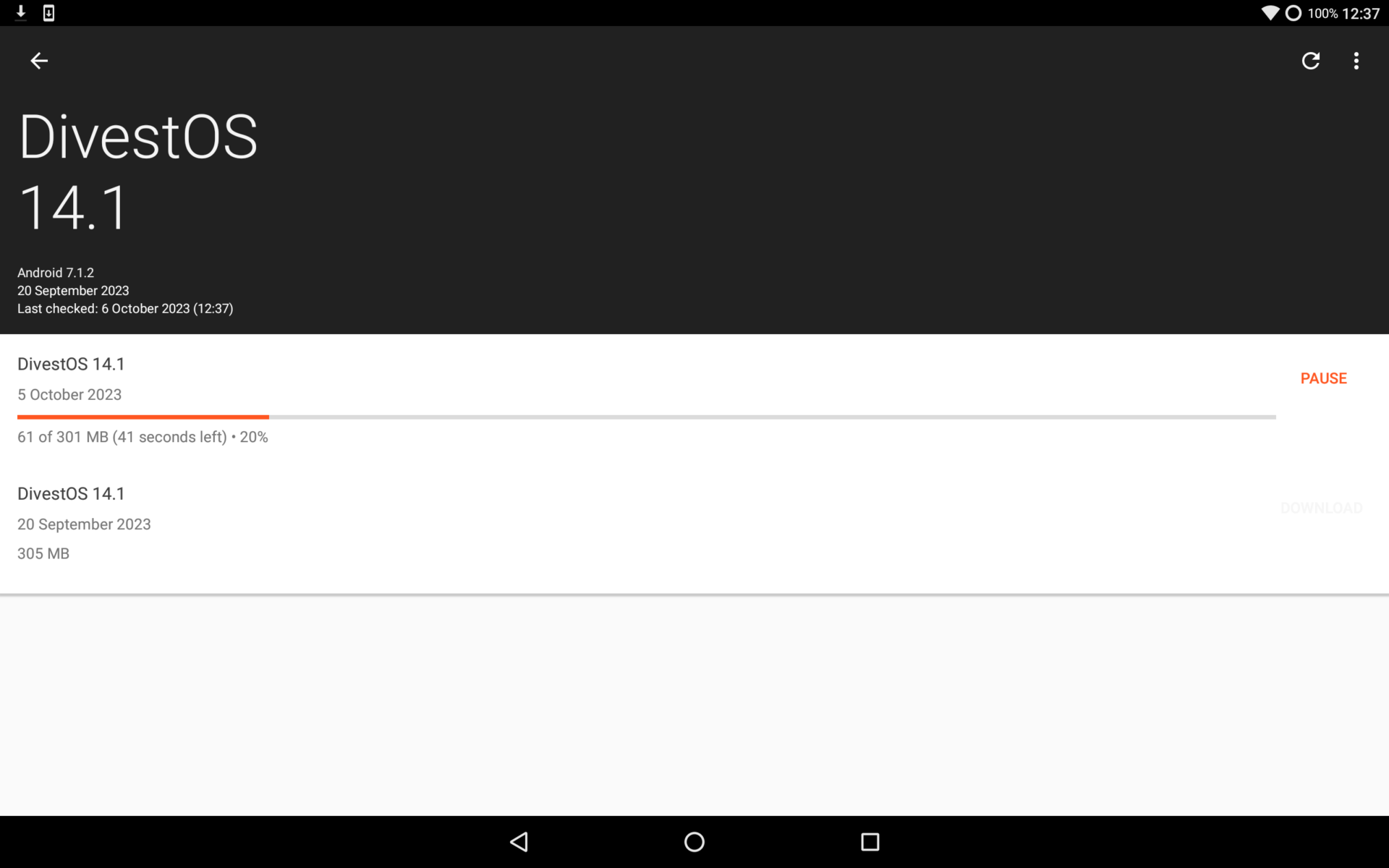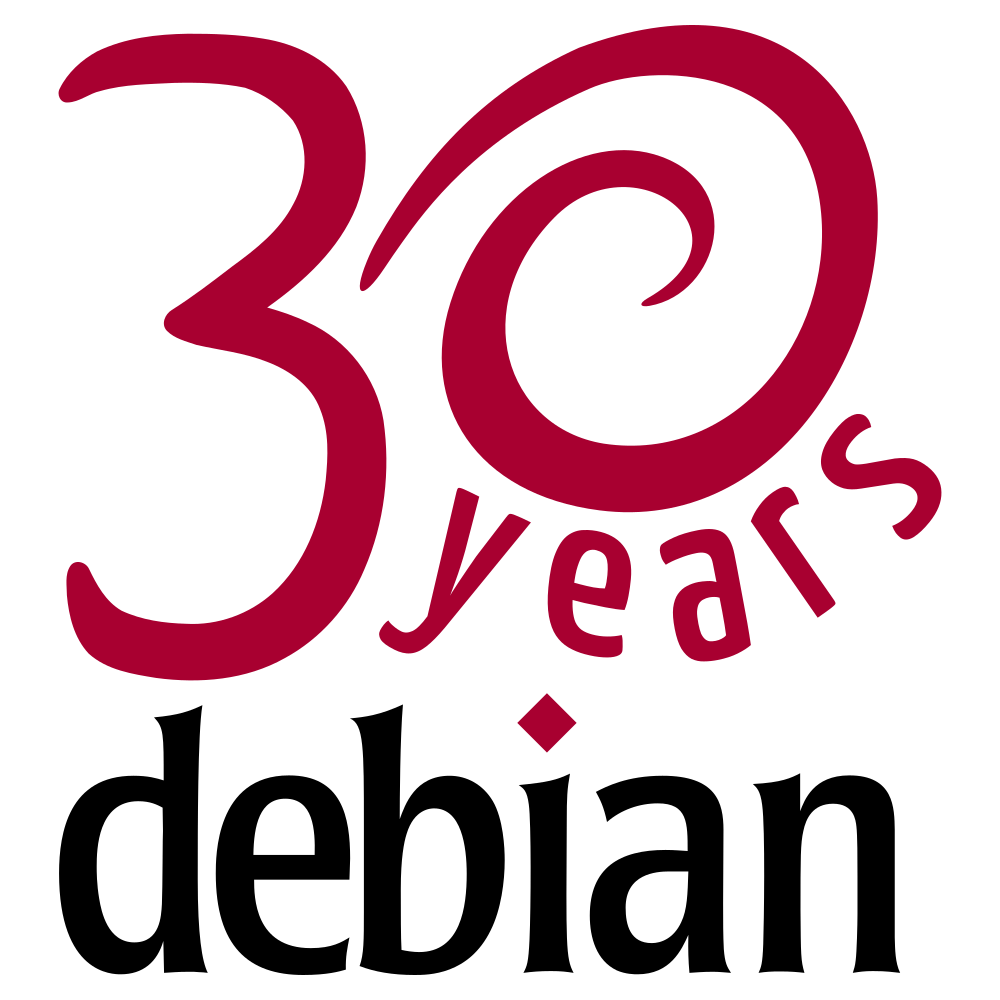Just saw the first little parts of what will become Gnome 45 trickling in, like in:
:: Starting full system upgrade...
resolving dependencies...
looking for conflicting packages...
Packages (2) gnome-disk-utility-45.0-1 openpmix-4.2.6-1
Total Download Size: 1.87 MiB
Total Installed Size: 9.83 MiB
Net Upgrade Size: 0.03 MiB
And why does that make me sigh, you might ask? Well, because the guys at Gnome think they know better again, and will again break existing and working desktops for you, me, or everyone (worst will be for “the big guys” who make desktops like Unity based upon Gnome). See this article in The Register:
GNOME 45 formalizes extensions module system
I’m using four Gnome extensions which I’d really like to keep, which are OpenWeather, Freon, the built-in Workspace Indicator, and GSConnect, so I looked up https://extensions.gnome.org/ to search for version numbers, and as expected, none of them has a 45 version yet. And while it’s all documented from the Gnome developers, I’d like to wait until all these – for me – important things have updates before I’ll get a desktop which again throws out the baby with the bath water, many thanks.
Looking for / thinking about alternatives? Nah, not really. I never really loved KDE, and XFCE isn’t an option for me either, nor are others which mostly mimic Windows (like Cinnamon & Co.), or Enlightenment. So let’s see how this turns out.
But there are worse news, especially for those of us who are using Android phones, namely Google’s planned “Privacy Sandbox”. See this article:
Google Chrome Privacy Sandbox open to all: Now websites can tap into your habits directly for ads
Time to look out for another browser, see also in https://www.androidauthority.com/chrome-ad-topics-rollout-3362364/ – and it’s getting worse, since this will probably end up in AOSP. Chatted a bit about that with Tad who is the lead developer of DivestOS, and he assured me that neither DivestOS nor GrapheneOS would include these bits. But Google with its former infamous “Don’t be evil” mantra seems to turn to Orwell’s Newspeak lately, which is really bad. There’s nothing “private” about their sandbox anymore, so dump these Chrome browsers, and get Mulch or Vanadium (or better, Firefox) instead. Best solution for Android phone users: install GrapheneOS in case you have a current Pixel phone, or DivestOS for those whose devices would also be covered by LineageOS, or whose devices are too old for GrapheneOS.
And no, Apple is not an alternative. Security based upon obscurity never worked, I’m only dealing with Open Source here, no time for walled garden crap.
Like always, thanks for reading.
Update, from September 12th, 2023:
Here are some more links, some new some old, but take your pick or read them all if you care for real privacy:
https://www.theregister.com/2023/09/07/google_privacy_sandbox/
https://lifehacker.com/how-to-disable-google-chromes-new-privacy-sandbox-track-1847276073
https://www.forbes.com/sites/kateoflahertyuk/2023/09/07/new-google-chrome-targeted-ad-tracking-heres-how-to-stop-it/
https://theconversation.com/google-chrome-just-rolled-out-a-new-way-to-track-you-and-serve-ads-heres-what-you-need-to-know-213150
https://techcrunch.com/2023/09/08/google-flips-the-switch-on-interest-based-ads-with-privacy-sandbox-rollout/
https://www.theverge.com/2021/3/30/22358287/privacy-ads-google-chrome-floc-cookies-cookiepocalypse-finger-printing
https://www.zdnet.com/article/heres-how-to-opt-out-of-google-chromes-privacy-sandbox-floc-trials/
https://techcrunch.com/2023/01/17/privacy-sandbox-topics-api-criticism/
https://arstechnica.com/gadgets/2023/09/googles-widely-opposed-ad-platform-the-privacy-sandbox-launches-in-chrome/
https://en.wikipedia.org/wiki/Privacy_Sandbox
https://www.eff.org/deeplinks/2021/03/googles-floc-terrible-idea
https://www.howtogeek.com/724783/how-to-opt-out-of-google-floc-in-chrome/
By far not the only sites and articles I’ve found, but enough to give you an idea why this is bad. And as I wrote above, it could be even worse on Android phones, where Google almost always has the ‘WebView’ authority, which means that any link you’ll click will be opened in WebView (aka Chrome), no matter if you have Firefox or other browsers set as your default. Only way to mitigate that is to use more private operating systems on your phones, like GrapheneOS (which uses their hardened Vanadium WebView), or DivestOS (which uses their hardened Mulch WebView, partly based upon GrapheneOS’s Vanadium (plus a few other goodies like an ad-fighting hosts file)).
Like always, thanks for reading, and for considering in helping to make the web a safer place to be.
Update, from September 30th, 2023:
Here’s another one. Do yourselves and us all a favour, and don’t use that browser.
